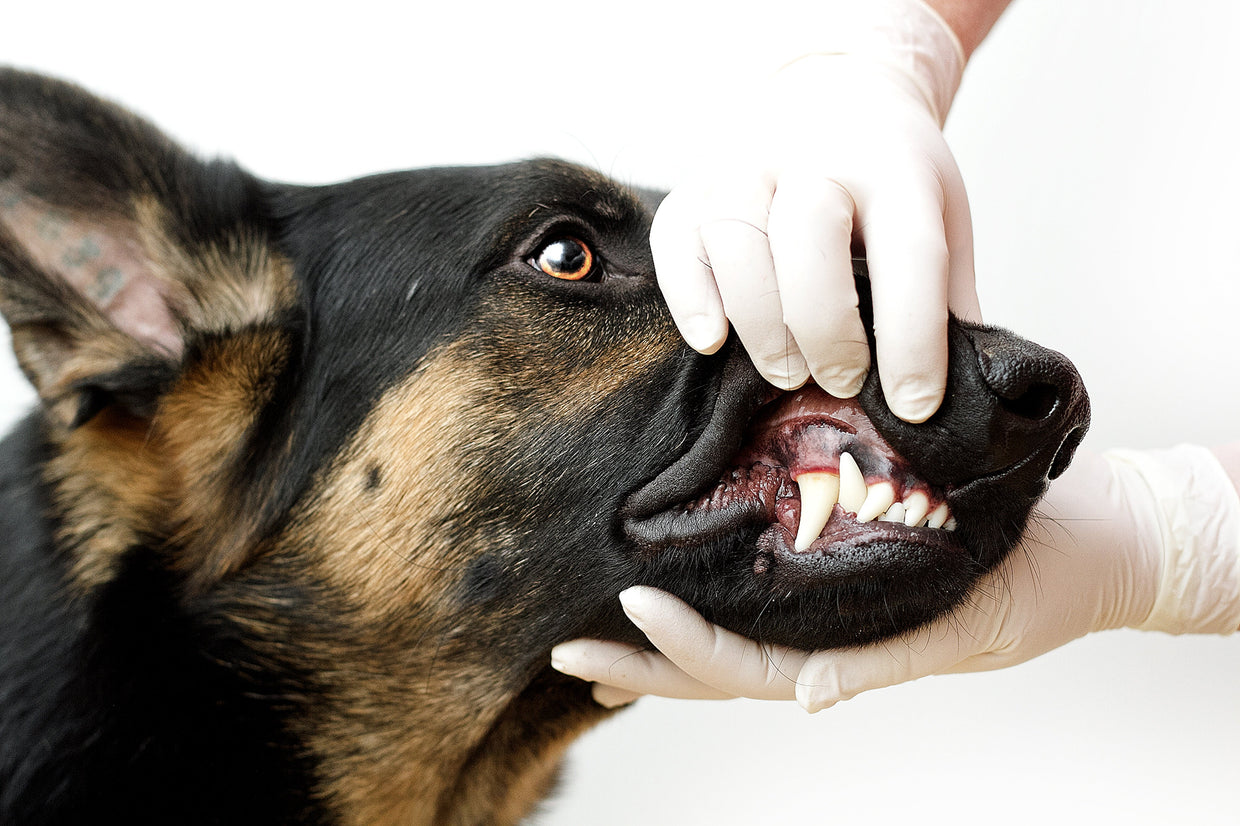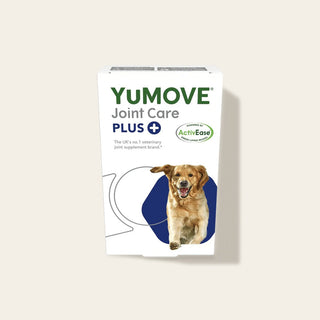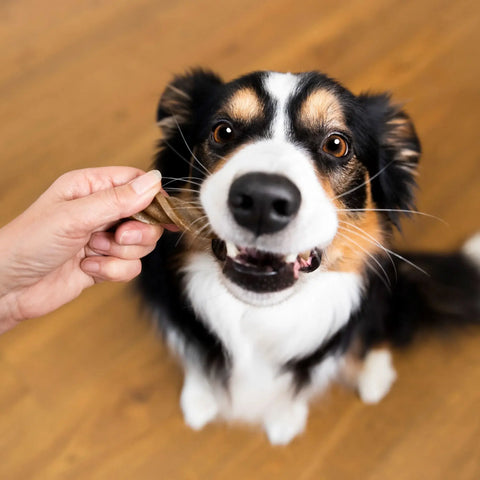

An expert-backed guide on looking after your dog’s teeth
There’s a lot of information out there on canine dental health, from guides on keeping your four-pawed pal from sinking their teeth into things they really shouldn’t, to overviews of the oral microbiome. One thing that’s often missing, though, is a simple run-down of some top expert-approved fundamentals for keeping your dog’s dental hygiene in tip-top shape.
Drawing from the expertise of our resident in-house vet, Dr Jayne Laycock BVetMed MRCVS, and her recent “Ask the Vet” session on dental health, here’s a quick guide on dental care fundamentals for every dog.
1. Brushing is the best way to keep teeth clean
“A bit like with humans, brushing is the very best way to keep your dog’s teeth clean. However, brushing can be hard to do with some dogs, and it needs to be done regularly to be effective. To see the benefits, you must brush your dog’s teeth at least three times a week!”
Although it may not seem like the most exciting approach to canine dental care, the simple reality is that there’s no substitute for brushing your dog’s teeth. Regular brushing helps to clean away bad bacteria and trapped food particles, as well as massaging the gums, and allowing you to focus on some hard-to-reach areas.
Of course, brushing your dog’s teeth is a bit different from brushing your own. For one thing, you need to be careful to keep human toothpaste out of your dog’s oral health regimen. That’s because our toothpastes often include ingredients like xylitol that are toxic to dogs.
Dogs may also be resistant to having their teeth brushed at first, and may need to be eased into it. It could be that you’ll need to start by only brushing a couple of your four-pawed pal’s teeth at a time, while giving them plenty of reassurance.
Be sure to also explore the different toothbrush options on the market for dogs. Some will fit over your finger, others will have various unique shapes. It’s all a matter of finding what works for you both.

2. Consistent and regular cleaning is essential to keep bacteria from becoming more challenging
“To begin with, a sticky bacterial film called ‘plaque’ naturally forms in the mouth, usually where the teeth meet the gums. If this plaque isn’t cleaned away adequately and regularly, it can harden over time to form ‘tartar,’ a tough brown deposit that sits on the teeth. Tartar then traps more bacteria and makes it even harder to clean the teeth and gum line. The result is smelly breath and sore gums.”
If you’ve read our recent blog post on the importance of a healthy microbiome for dogs, you’ll be aware of just how powerfully bacteria can influence your canine companion and their overall health and wellbeing.
When it comes to taking care of your dog’s teeth, consistency is key for various reasons. One of the most important of those reasons is that regular cleaning helps keep the bacteria in your dog’s mouth properly balanced and helps reduce the build-up of tartar.
When a significant amount of tartar builds up in your dog’s mouth, it can cause an undesirable feedback loop – with more and more bacteria accumulating, and more and more tartar building up. Professional dental cleaning may then be necessary.
3. If in doubt, always check with your vet – because dental issues can have various underlying causes
“Far and away the most common reason our pets get smelly breath, is due to dental problems. But it’s important to remember that dental issues are not the only reason your pet could have smelly breath. Just a few of the many other possible causes for bad breath include: a growth in the mouth, a foreign object stuck in the mouth (usually sticks, but I’ve seen all sorts!), and even some medical conditions.
We would always recommend checking with your vet if you’ve noticed your dog has bad breath.”
As a general rule, you should always consult with your vet whenever something about your dog raises your concerns – and that includes things like very smelly breath. This is particularly true if you notice that your dog’s breath has become a lot worse, seemingly out of the blue.
While things like smelly breath are almost always due to standard dental issues, there are other, potentially more serious, causes as well. Without checking with your vet, it’s impossible to rule out some of those other potential underlying issues.

4. Good dental treats can be a powerful tool in your plaque-fighting arsenal
“Our YuMOVE Dental Care Sticks work in two main ways: the first is that the spiral shape is designed to reduce plaque on the surface of the teeth. This will work alongside brushing, to physically clean the teeth. Our sticks are designed to reach areas that are hard to get to with a toothbrush, which means that the two methods complement each other.
The second way our dental sticks help, is via our unique ActivBarrier™ soft centre, which helps to balance the bacteria in your dog’s mouth. Because of this, we don’t recommend brushing with any enzyme-based or antibacterial toothpastes alongside our chews.
Canine dental treats come in different shapes and sizes, and range in quality all the way from “dire” to “excellent.”
While many different dental chew treats won’t be worth the calories they contain, others can be a powerful addition to your dog’s oral care regimen – helping to provide additional cleaning alongside regular brushing, while simultaneously giving your dog something to ‘smile’ about.
At YuMOVE, we’re not content with just being ‘good.’ That’s why our revolutionary YuMOVE Dental Care Sticks address dental health not just at the mechanical but also at the microbial level, with our unique ActivBarrier™ technology coating teeth and helping to balance bacteria in the mouth.
Discover our revolutionary new YuMOVE Dental Care Sticks, and find out how they can help target plaque, freshen breath, and support good overall dental health. Then, read our blog post on eight weeks to a healthy mouth.




